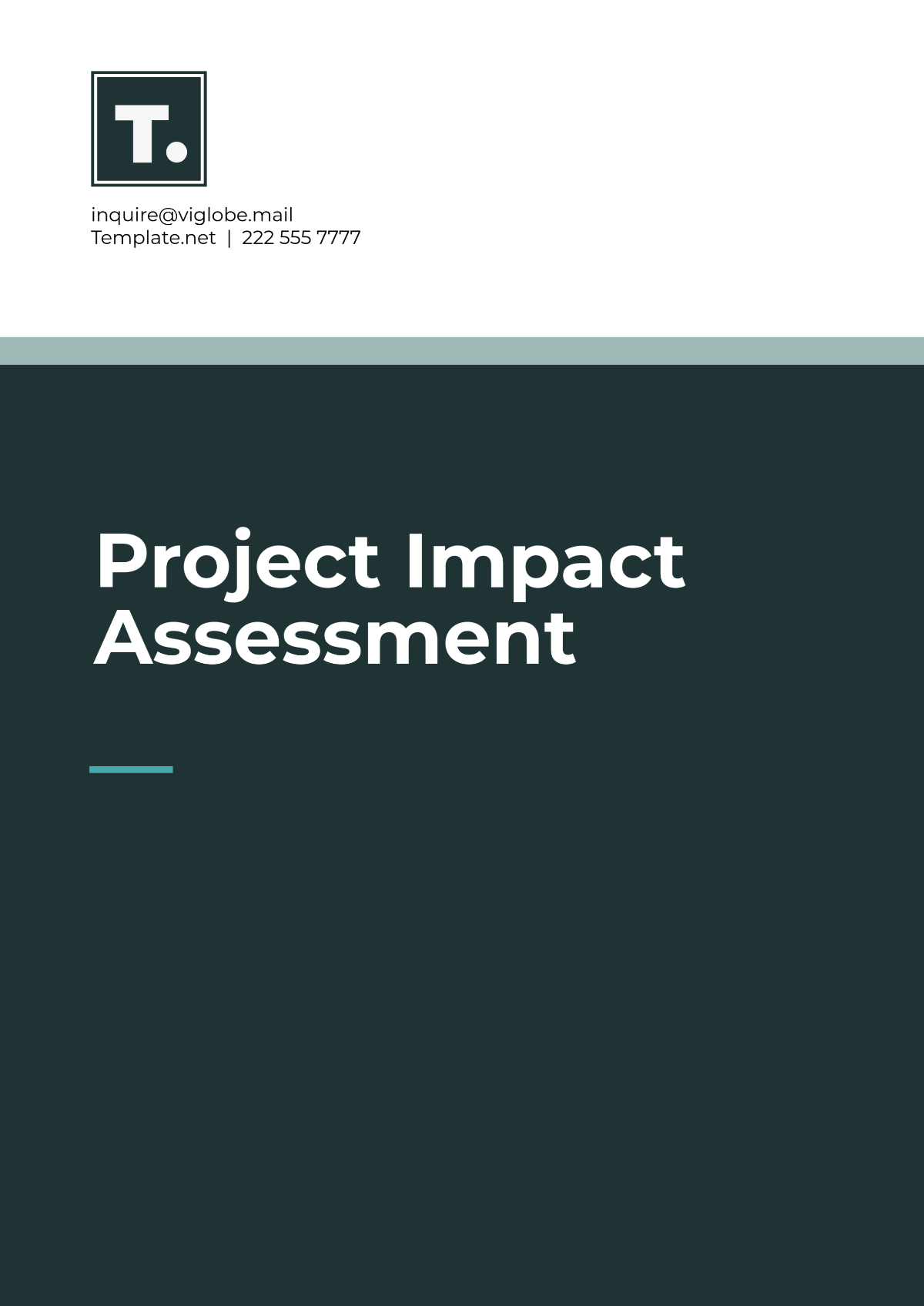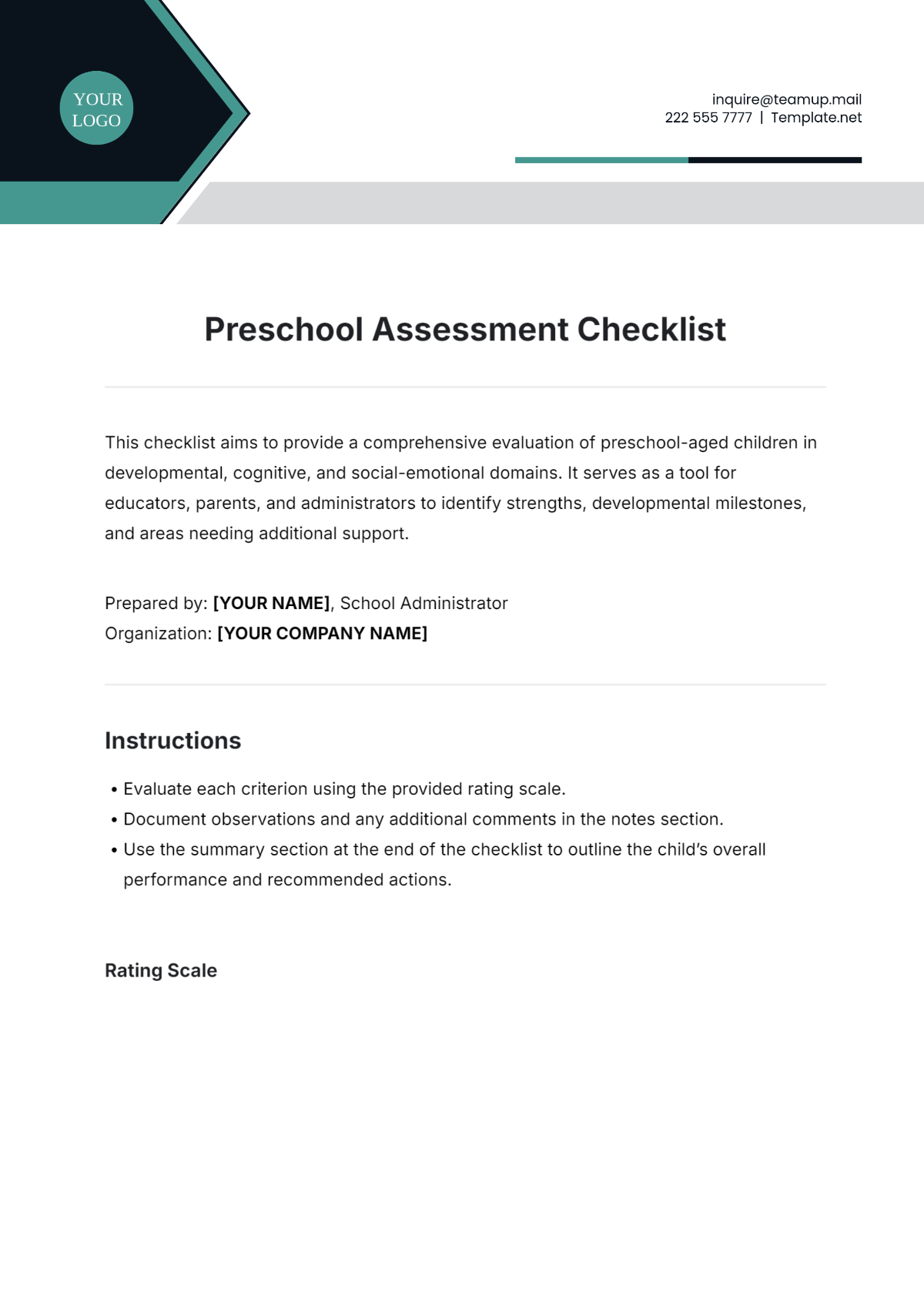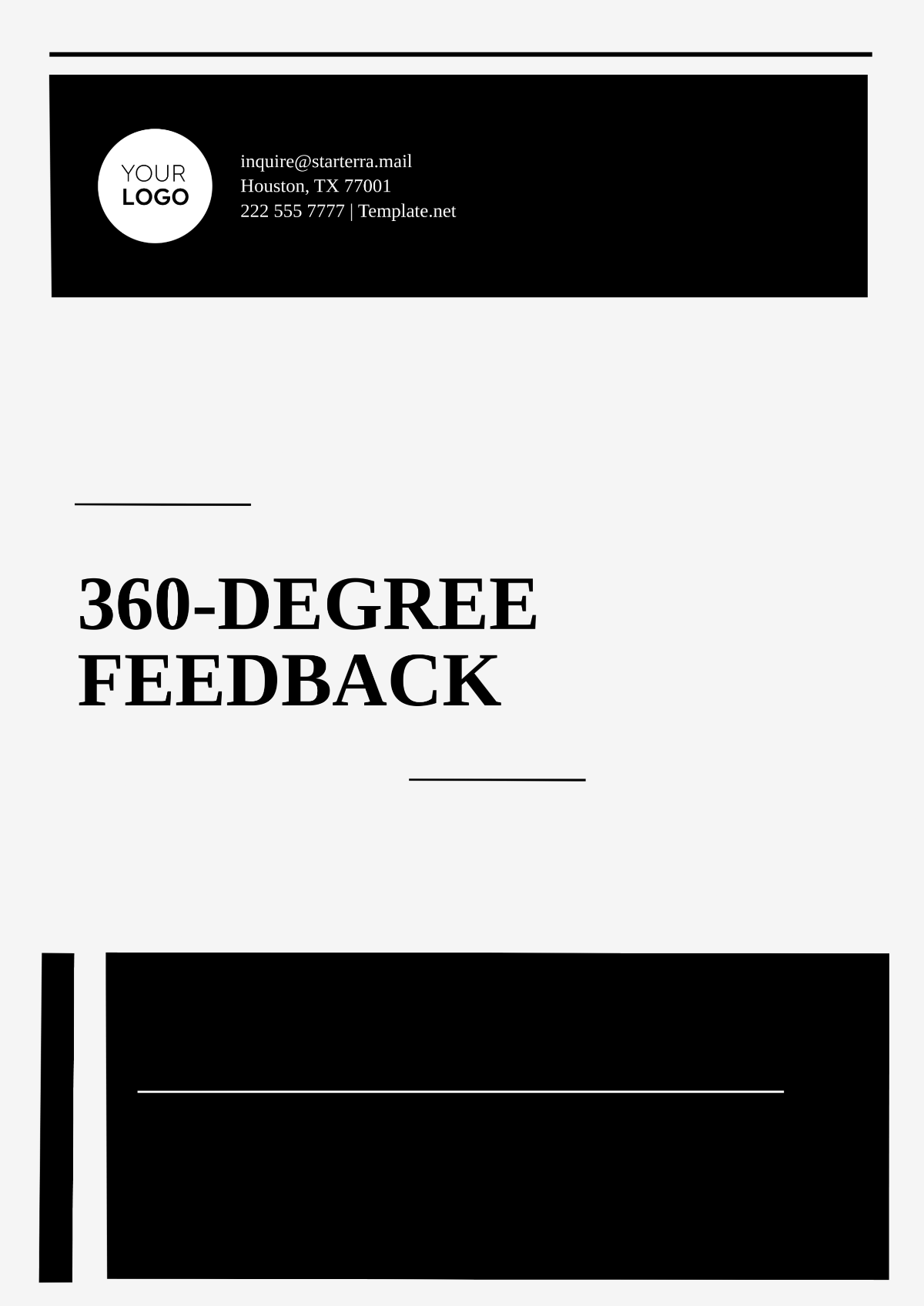Simple Startup Risk Assessment
Date: November 10, 2070
1. Business Overview
Business Name: [Your Company Name]
Business Type: Sustainable Technology Startup
Location: San Francisco, CA
Business Objectives:
Our goal is to develop and market eco-friendly, energy-efficient technology products that help reduce carbon footprints for consumers and businesses. Our mission is to become a leading provider in the green tech space, achieving profitability and environmental impact.
2. Risk Identification
Risk Category | Identified Risks | Description |
|---|---|---|
Financial Risks | Insufficient Initial Funding | The risk of running out of capital during the initial phases before generating steady revenue. This includes potential underestimation of startup costs and delays in securing investors. |
Market Risks | Low Market Demand for Eco-Friendly Products | Potential low customer demand due to economic downturns or insufficient consumer education on sustainability. |
Operational Risks | Supply Chain Disruptions | Dependence on overseas suppliers for raw materials could lead to disruptions due to geopolitical tensions or natural disasters. |
Technological Risks | Cybersecurity Vulnerabilities | Risk of data breaches or cyberattacks on our e-commerce platform or customer data storage systems. |
Legal Risks | Regulatory Non-Compliance | Potential failure to comply with evolving environmental and technology regulations, leading to fines or business restrictions. |
Environmental Risks | Natural Disasters | Risks related to wildfires, floods, or earthquakes that could affect operations in California. |
3. Risk Assessment
Risk | Likelihood | Impact | Risk Priority |
|---|---|---|---|
Insufficient Initial Funding | Medium | High | Critical |
Low Market Demand for Products | Medium | Medium | High |
Supply Chain Disruptions | High | High | Critical |
Cybersecurity Vulnerabilities | Medium | High | High |
Regulatory Non-Compliance | Low | High | Medium |
Natural Disasters | Low | High | Medium |
4. Risk Mitigation Strategies
Risk | Mitigation Strategy | Risk Owner |
|---|---|---|
Insufficient Initial Funding | Secure additional funding through venture capital and crowdfunding campaigns. Maintain a reserve fund for emergencies. | CEO, CFO |
Low Market Demand for Products | Conduct a thorough market study to assess consumer behavior. Launch awareness campaigns to educate consumers on eco-friendly products. | Marketing Manager |
Supply Chain Disruptions | Establish multiple supplier relationships across different regions. Develop contingency plans for alternative sourcing. | Operations Manager |
Cybersecurity Vulnerabilities | Invest in cybersecurity measures such as firewalls, encryption, and regular security audits. Train employees on security best practices. | IT Manager |
Regulatory Non-Compliance | Regularly monitor environmental regulations and stay updated with local and national policies. Hire a legal advisor specializing in green tech. | Legal Counsel |
Natural Disasters | Develop disaster recovery plans, including insurance for natural disasters. Set up an emergency response team. | Operations Manager |
5. Action Plan
Immediate Actions:
Secure initial funding through a series of meetings with potential investors.
Begin market research to understand consumer preferences and demand.
Schedule a meeting with a legal advisor to ensure compliance with industry regulations.
Long-Term Strategies:
Build strategic partnerships with multiple suppliers in various geographic regions to mitigate supply chain risks.
Regularly update the cybersecurity systems and conduct quarterly reviews of security protocols.
Monitor and evaluate market demand through bi-annual surveys and adjust product offerings based on feedback.
6. Risk Monitoring and Review
Review Frequency: Quarterly review of the risk assessment, with updates to strategies as necessary.
Monitoring Tools: Use project management tools such as Asana for tracking risk mitigation actions and Google Analytics for monitoring market trends.
Re-assessment Process: The risk assessment will be reviewed during quarterly board meetings, with any new risks being added, and mitigation plans adjusted accordingly.
7. Conclusion
The primary risks for [Your Company Name] include insufficient funding, supply chain disruptions, and cybersecurity vulnerabilities. These risks have been prioritized, and mitigation strategies are already in place, such as securing additional funding, diversifying suppliers, and strengthening cybersecurity measures. Continuous monitoring and periodic reviews will ensure that the company remains on track to address any emerging risks.

















































